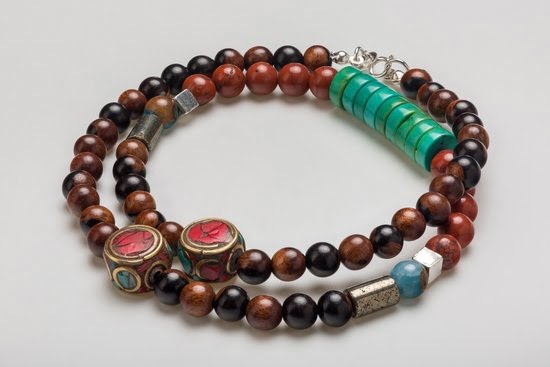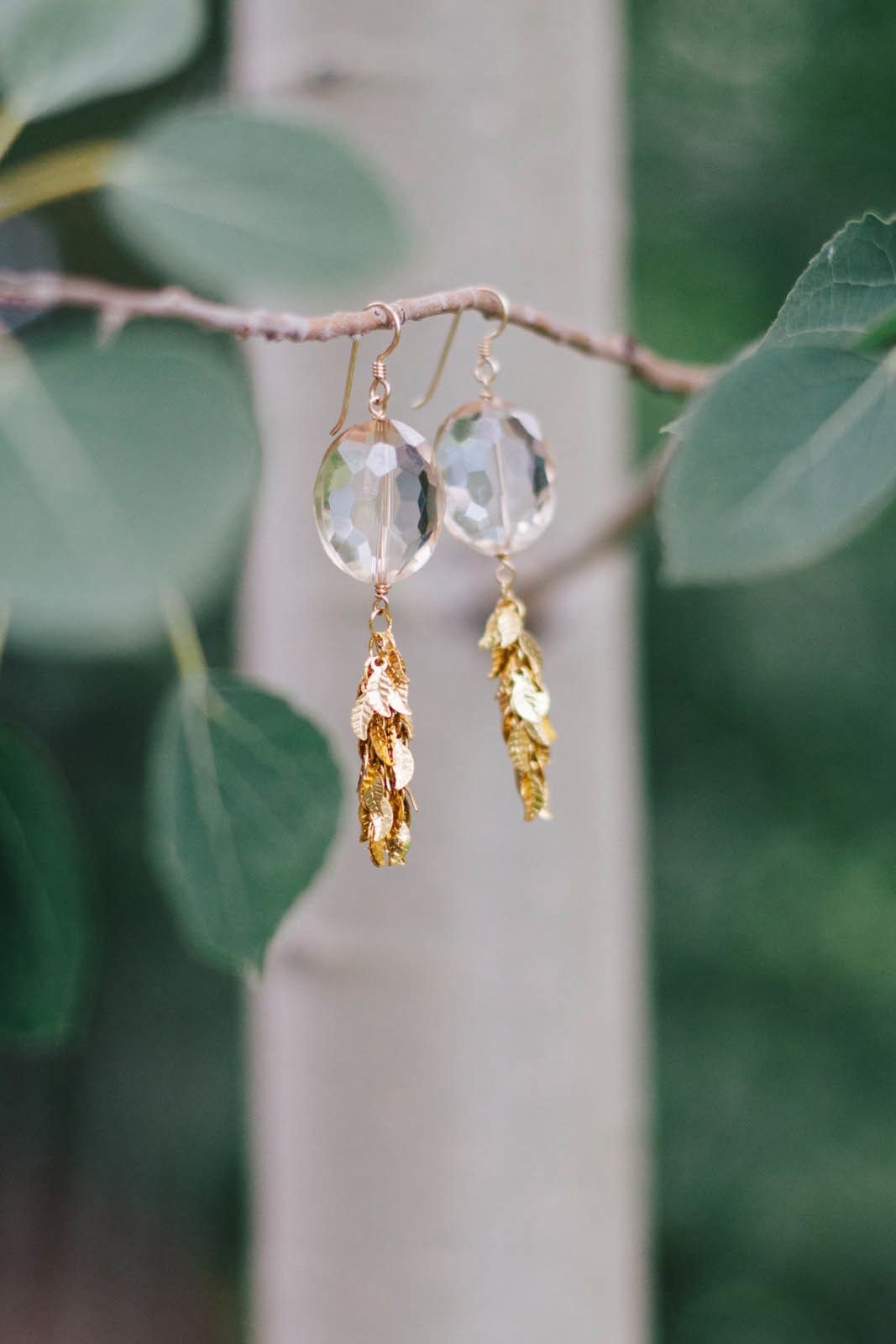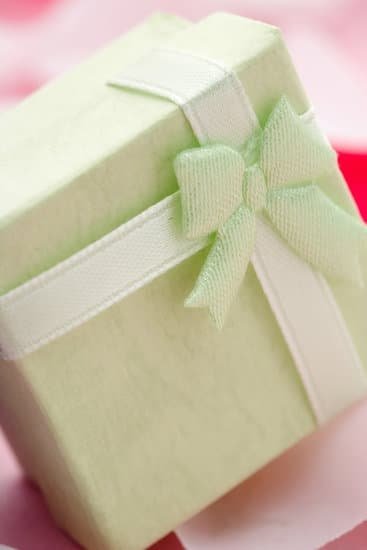Introduction to Metalsmithing
Metalsmithing involves the use of various metals to make jewelry. It is a craft that has been around for centuries, used by goldsmiths and silversmiths to create works of art both beautifully functional and ornamental. A metalsmith is skilled in fabricating pieces out of metal; they make intricate sculptures, decorative filigree, complex solder joints and sometimes even hand-carve pieces as well. The materials used can include sheet, wire, tubes and square stock, which are then manipulated into desired shapes using soldering, hammering or forging techniques.
When choosing a metal for your jewelry design project, it is important to consider each type’s properties. Sterling silver is popular for its white color when polished but can tarnish quickly without proper maintenance. Gold comes in several alloys and colors such as white, yellow and rose gold with a wide range of hardness levels depending on the karat value. Copper is also commonly used among metalsmiths because it is relatively affordable and malleable, allowing you to shape it with ease. Brass can give your jewelry an antique or vintage look while bronze provides strength along with its rich golden tone. Lastly, titanium metals provide excellent durability but require welding tools due to the strength needed to shape them properly.
Metalsmithing requires precision, practice and patience to master but will open up a world of possibilities when you have sufficient skill and confidence in yourself!
What You Need to Get Started
Before starting any jewelry metal-smithing project, it is important to make sure you have all of the necessary materials and tools ready. Safety gear should always be considered when engaging in metalworking. This includes safety glasses, welding masks, and other protective clothing.
Tools needed to complete each step in the process of making a piece of jewelry varies depending on the size and complexity of the design. Some basic tools such as saw blades, files, drills sharpeners and mandrels are essential. Additionally, a grinder can come in handy when cleaning up metal shapes or textures after cutting or drilling them.
Machines such as soldering stations and rolling mills are also needed for projects that require shaping or joining two pieces together. An oxy-acetylene torch can be used for heating metals like copper or brass for filing or engraving into shapes. Finally, metal polishers are great for shining metals for final touches to your pieces and adding texture to them.
Designing Your Pieces
Designing jewelry with metalsmithing can be a fun and interesting activity. Beginners need to determine what type of design they want to create for their piece. This can be done by exploring different sketching, CAD designs, or other methods.
Sketching your design is an effective way to plan the shape and size of your piece. You are able create multiple iterations as you explore what you’d like the final product to look like. You can start a sketchbook of ideas that you come across while researching jewelry and experiment with sketches while creating something new and original.
Computer-aided design (CAD) software can also be used to create models of your design before you start working with metals. Using this method allows you to visualize your piece before physically creating it. To get started with CAD software, beginners should search online videos tutorials as well as seek help from qualified instructors who understand the basics of the program.
In addition to CAD software and sketching, there are other techniques that can be used in designing jewelry with metalsmithing such as repousse and chasing, lost wax casting, stone setting, and acid etching which allow for more complex designs. All these techniques should be researched in order to understand how best each technique could be applied for meaningful designs.
Soldering Basics
Soldering is an important part of metalsmithing. It requires both skill and practice to learn how to solder well, but with the right set of tools and knowledge anyone can do it. To make a successful jewelry piece with soldering, it is important to understand the different types of soldering techniques and know what types of metal they work best on.
Soft soldering (also known as silver, copper or brass soldering) is one of the simpler forms of soldering technique which is often used for joining two pieces together. When soft soldering stainless steel it’s recommended that you clean the pieces thoroughly before connecting them, use plenty of flux to prevent gas from forming during the heating process and make sure you provide enough heat for a secure join. Hard soldering (also known as gold or platinum soldering) is also popularly used to attach more delicate components onto a piece. Since temperatures get so high during hard soldering it’s best to use a designated area for this work such avoiding having anything nearby that could catch fire or release noxious fumes due to being exposed to excessive heat.
When learning how to solder, safety should be your main concern. Make sure you’re wearing appropriate safety gear such as eye protection, protective gloves and flame-resistant clothing; avoid using too much heat since this can cause breathing in harmful fumes; try using alternatives when any pieces need supporting as support collars can create shadows which can block out flames; and lastly remember to keep fire extinguishing materials at hand in case of emergencies!
Finishing Touches
Polishing is a great finishing touch for metal jewelry, it gives the piece a smooth, reflective surface. Specialized polishes are used specifically for jewelry metals and will help to make the metal shine brightly. After sanding with finer grits of sandpaper, use a rotary tumbler to give the pieces their final shine is possible.
Patina is an age-worn look that can be created on any finish by chemical treatments. The patina can make a piece look aged and more valuable. Common patina techniques include liver-of-sulfur, pickle etch and painting or coloring processes like patination and heat treatment.
Setting techniques vary depending on the stone being used in order to securely attach the adornment to the piece of jewelry. Popular setting techniques include prong settings, bezel settings, channel settings, pavé settings and flushettesettings. Prong settings are probably the most common setting style where individual prongs hold each stone in place on the metal after being formed to perfectly fit around each stone individually giving your jewelry a classic appeal. Bezel settings are when thin strips of metal wrap over the gemstone creating a snug fit for maximum security and protection of your stones throughout its lifespan. Channel Settings create a continuous row of connected stones where each stone is held securely in place by its own respective channel which hold them firmly together keeping them in formation while swaying & pivoting at angles around its center point creating maximum sparkle & mesmerizing detail. Pavé Settings create thousands of tiny diamonds set into gold or silver creating that million dollar look without having to spend as much! Lastly flush mountings typically feature round cut stones held securely in place & tightly fitted into depression within solid surface bringing forth that seamless allure perfect for sophisticated yet practical jewel choices synonymous with timelessness allure & statement signature design just right for today’s modern eclectic lifestyle apparel connoisseur!
Storing and Showcasing Your Work
Storing your work is an essential part of the jewelry metalsmithing process. Invest in some containers that are stackable and specifically designed for storing jewelry, and create labels to indicate what’s inside each container. Additionally, make sure you have anti-tarnish products on hand to keep your pieces looking their best. When showcasing your work, find a balance between protecting it from damage and leaving it out for potential customers or buyers to view close-up. You can use trays, boxes with clear lids, or plexiglass display cases so your items will stay safe but still be visible. Consider partnering with local galleries or boutiques that have the space to display multiple items at once, rather than just trying to sell on your own via online platforms or craft fairs. That way potential customers can touch and see all the details of each piece before finalizing their purchase. Make sure you promote any store where your jewelry is displayed by pushing out social media posts as well as word-of-mouth advertising in order to reach a broader audience who may already frequent the shop. Doing this will help draw eyes to specifics pieces and generate more sales!
Conclusion
Jewelry metalsmithing is an art that requires patience, skill, and attention to detail. Whether creating a beautiful piece of jewelry for yourself or a friend, the process of turning raw metal into beautiful pieces of art can be incredibly rewarding.
For those who are just starting out on their metalsmithing journey, it is important to take your time and learn the basics before attempting complicated projects. There are many resources available online that provide tutorials and step-by-step instructions. Additionally, attending local workshops or classes will provide essential support from experienced artists who can offer tips and guidance along the way.
Once you have a solid foundation in place, you may decide to pursue more advanced techniques such as stone setting or chasing and repousse. Both these skills require special tools and great patience but allow one to create intricately carved designs with clean lines.
Whichever path you choose in metalsmithing, it’s always important to remember the basics—such as safety protocol when working with tools and materials—in order to avoid injury. With practice and dedication, it’s possible to turn raw metal into beautiful pieces of wearable art thanks to jewelry metalsmithing.
If you’re still interested in honing your craft, there are plenty more resources available – including instructional books at libraries and bookstores; online tutorials with step-by-step videos; virtual classes; free forums full of helpful tutorials that use progress images; metalsmithing clubs; and even apprenticeships under experienced professionals. Additionally, many larger cities offer courses through community colleges and continuing education programs so check those out too! Whatever path you ultimately decide on, never stop learning – there are so many techniques, methods, tips & tricks out there which can take your jewels making skills to exciting new levels!

Welcome to my jewelry blog! My name is Sarah and I am the owner of this blog.
I love making jewelry and sharing my creations with others.
So whether you’re someone who loves wearing jewelry yourself or simply enjoys learning about it, be sure to check out my blog for insightful posts on everything related to this exciting topic!





